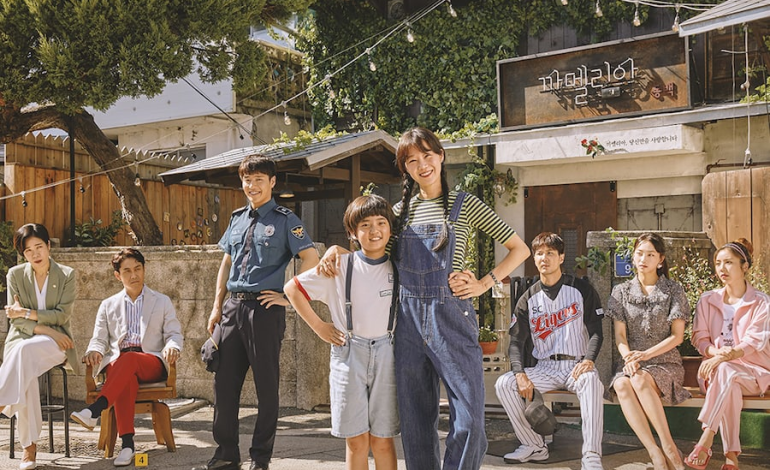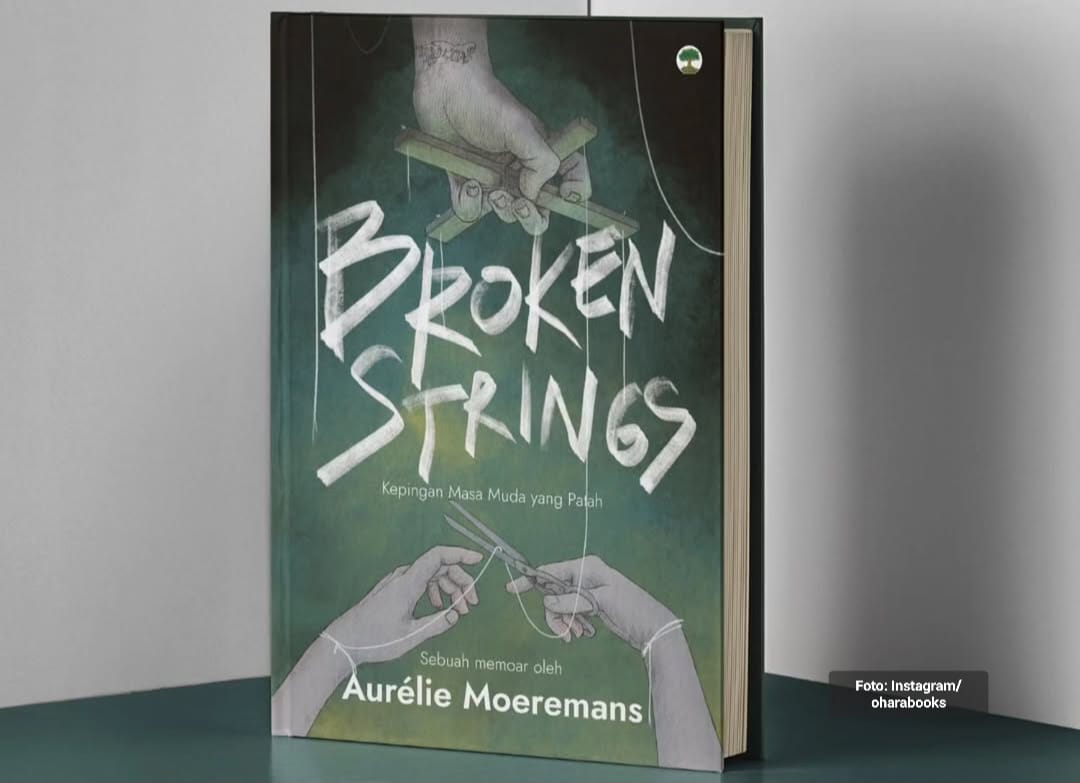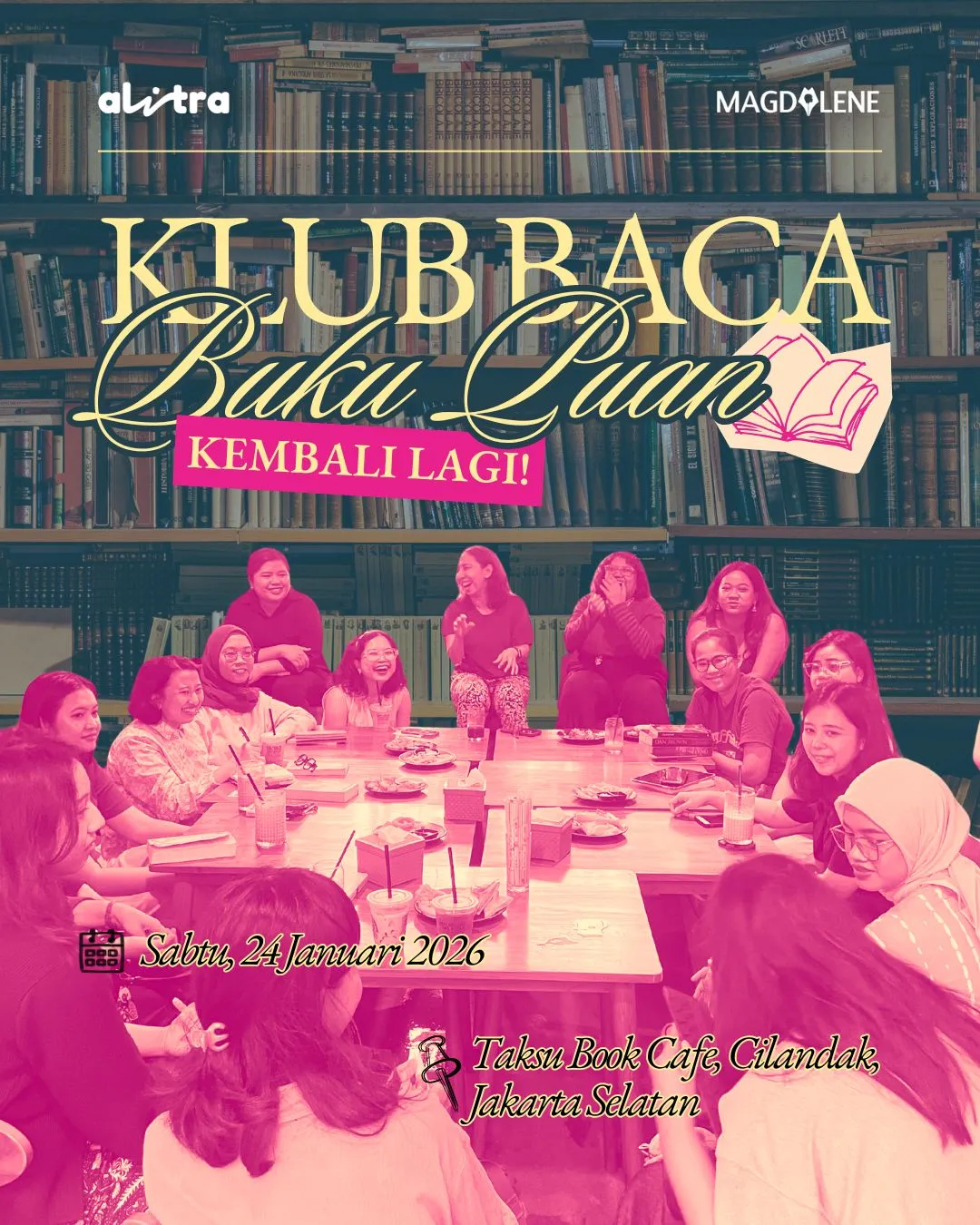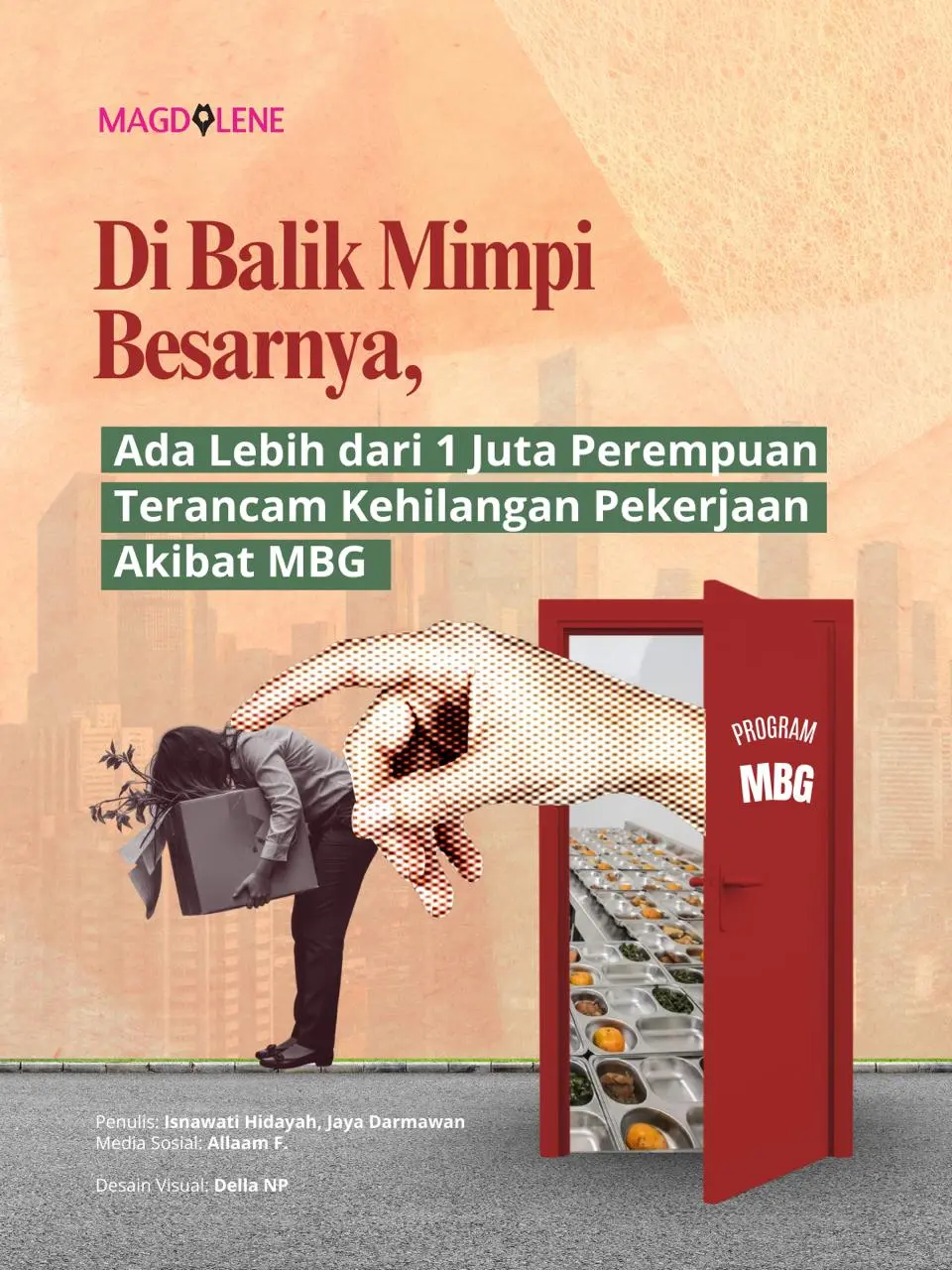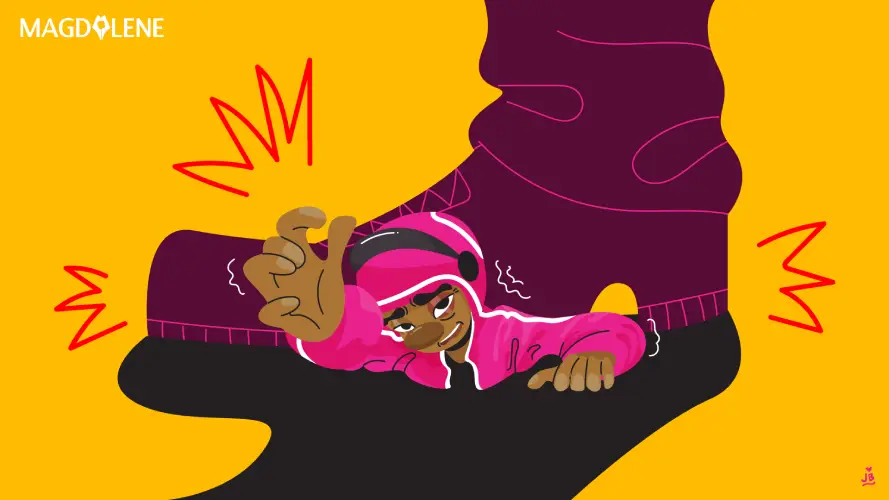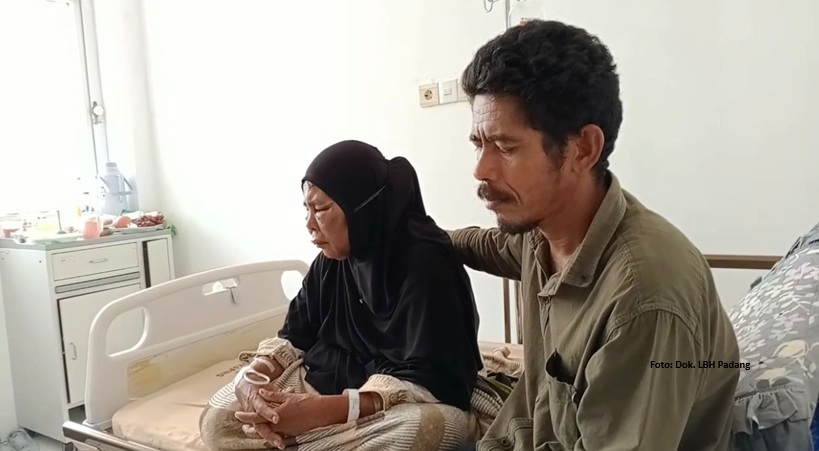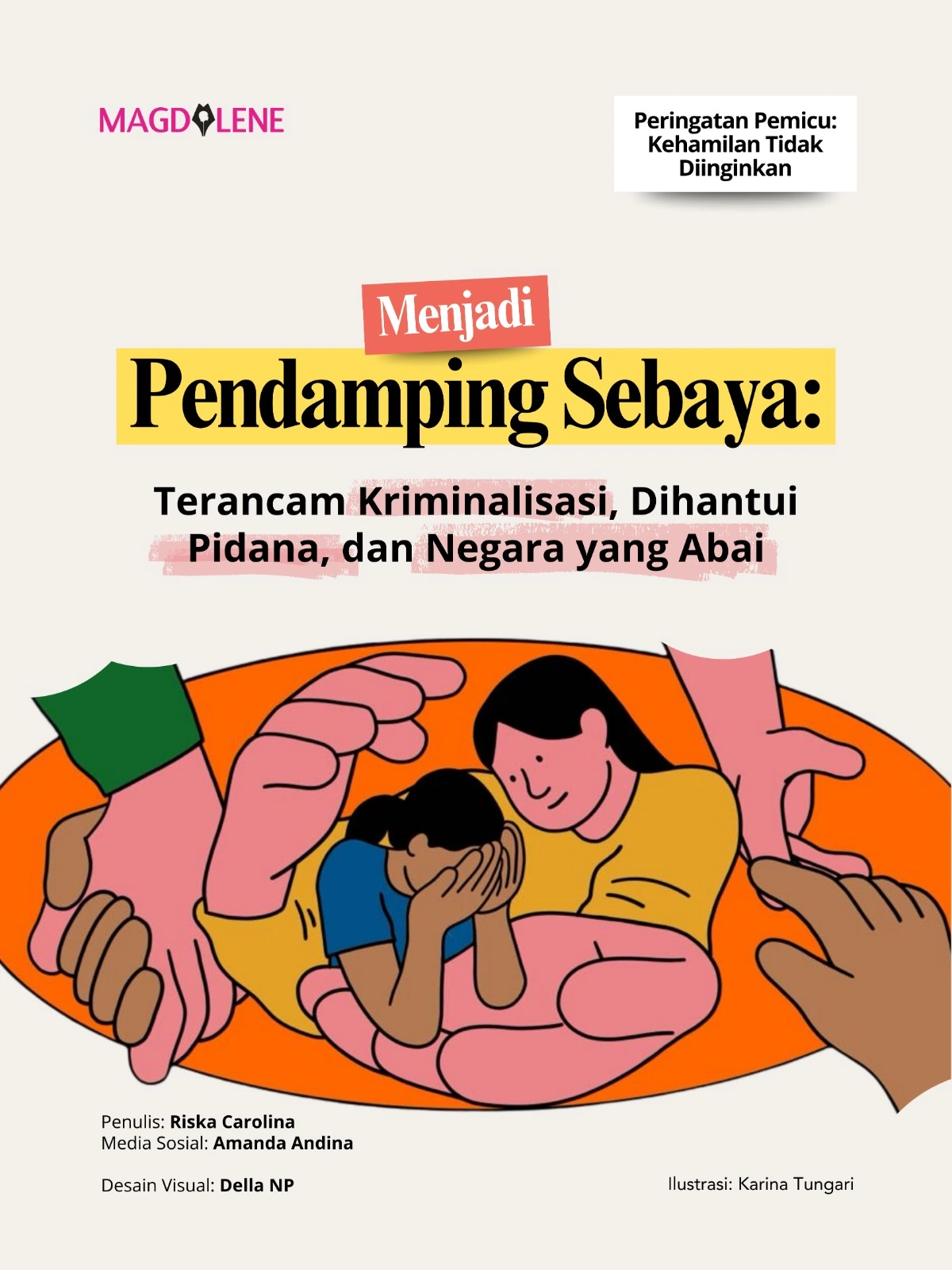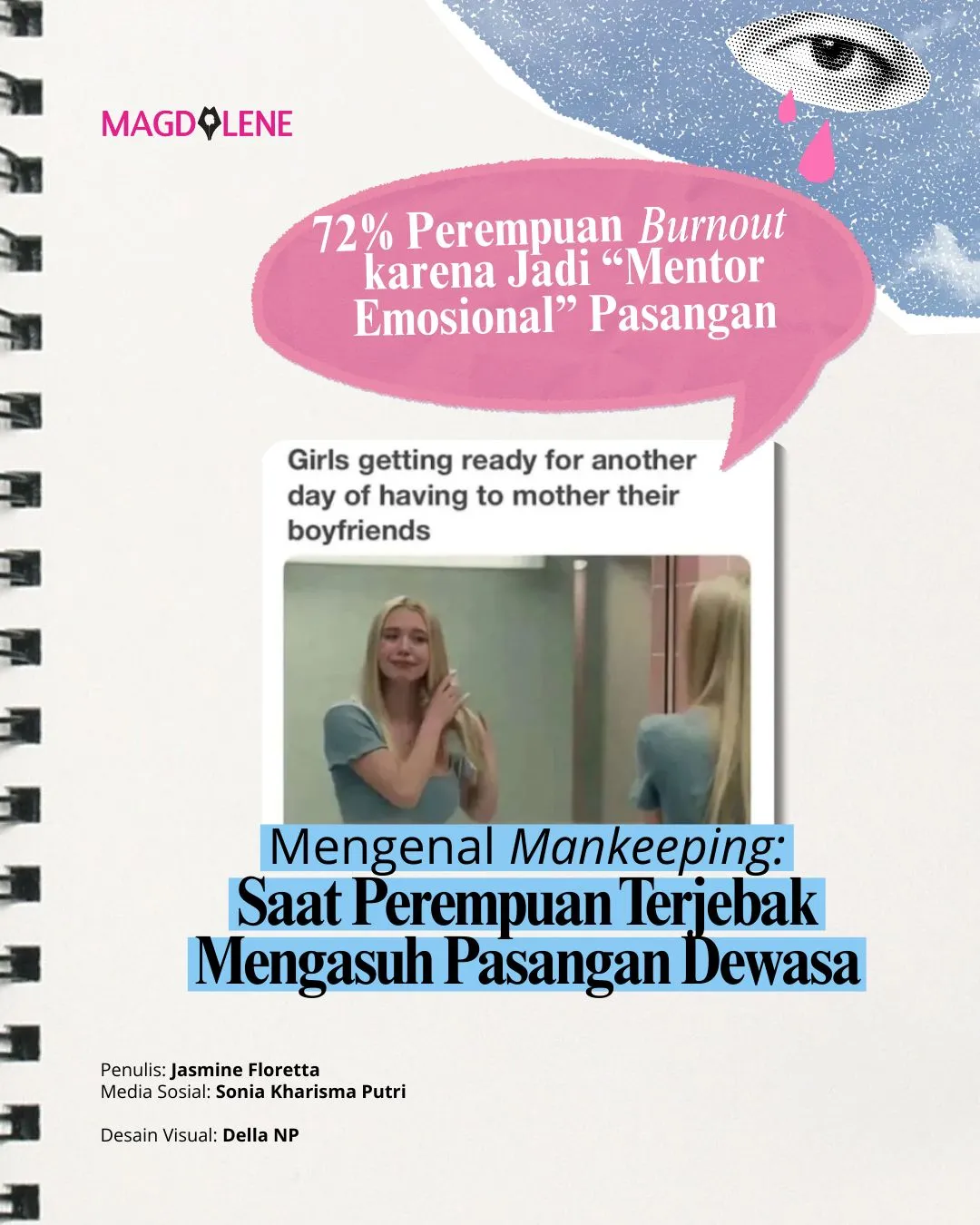An Academic Looking Glass into Indonesian Contemporary Fashion
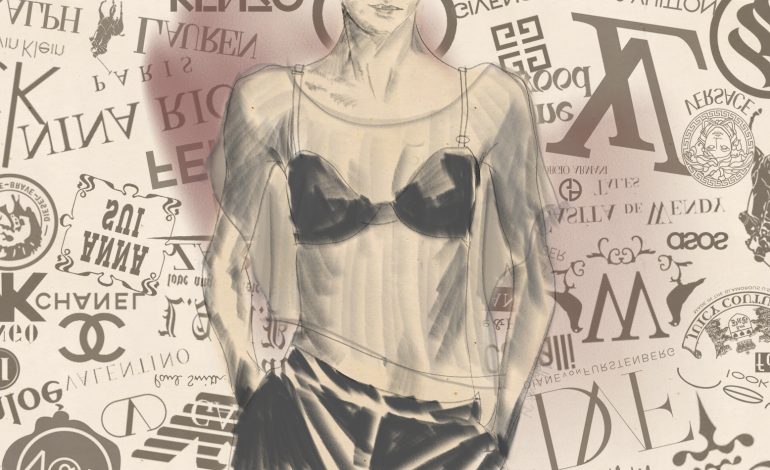
Indonesian contemporary fashion scene has been bustling post-1998, partly thanks to the significant rise of middle class in urban areas and press freedom. The appointment of economist Mari Elka Pangestu as Minister for Tourism and Creative Economy by President Susilo Bambang Yudhoyono in 2011, in which fashion is one of the 16 subsectors, further pushed fashion into the public conversation. Wearing a Made in Indonesia fashion is suddenly cool.
Yet gaps that hinder Indonesian fashion scene to become a full-fledged industry are still prevalent all around. First is the almost non-existent bridge between local designers and local garment industry. Unbeknownst to many outsiders, most Indonesian fashion designers still work from private atelier or small-scaled factory line, while local garment industry, especially in their 1980s heyday, work on foreign brands for exports.
Second, the lack of academic studies. There is now a growing library on Indonesian heritage textiles, but books on contemporary fashion are either designers’ biographies or styling how-tos. Writing needs research; research needs funding. Sadly academic books on fashion are yet to be deemed worthy of grants. It took until 2010 for the first Indonesian fashion dictionary (Kamus Mode Indonesia) to be published by senior journalists Irma Hardisurya and Ninuk Pambudy along with designer Herman Jusuf, and 2019 for the lexicon to be updated.
Hence, this year’s publication of Contemporary Indonesian Fashion: Through the Looking Glass by Alessandra Lopez y Royo warrants a serious look.
Holding a PhD from SOAS (London University), the author originally specialized in the visual arts and performance practices of Southeast Asia before turning her attention to fashion. The book came to repeal a misconception she saw in international fashion industry that emerging markets like Indonesia – often lumped into BAME (Black, Asian, Minority Ethnic) in London fashion arena – is only about traditional ensembles in heritage fabrics.
That misconception isn’t imagined. As recent as the 12th Jakarta Fashion Week (JFW) a couple of months ago, an Indonesian businesswoman assisting a group of French business folks regaled me the same tale. “They thought we were all about batik sarongs and rattan bags,” she sighed.
So the book’s premise is au point, but what about the delivery?
Being an academic, the author approached the subject through a myriad of social science theories and literatures, cited constantly throughout the four main chapters and including references as far back as 7th-14th century Javanese temples. Her passion for performance art and latter-age modelling is also prevalent, depicted through her academic lens.
The sizable parts on history and politics would serve well readers with bare minimum knowledge on Indonesia, provided that the readers were ready to absorb that much as they eased their way into a fashion book. All in all, the 600-page book often reads out too much like a cultural anthropology research.
Lopez y Royo did a good job recognizing the aforementioned lack of connection between local designers and large-scaled garment industry, showing a thorough research on the fashion production aspect. She also discussed main fashion organizations and events like the aforementioned JFW, Indonesia Fashion Week (IFW) and IPMI Fashion Trend, although the omissions of Muslim Fashion Festival (Muffest) and its organizer Indonesian Fashion Chamber (IFC) from related sections are curious.
Indeed, when she conducted her first field research in 2015, Muffest wasn’t around yet, but Muffest had grown so fast by her second field visit in 2018, it warranted an officiating by President Joko Widodo who was on campaign trail to appease Muslim voters. The author repeatedly stressed that she didn’t wish to focus on busana muslim – a category now called busana santun by Indonesian fashion insiders in adherence to the modest wear term used internationally – but to complete the pillars that make the contemporary Indonesian fashion the author might want to include Muffest the way she cast light on the singular case of Anniesa Hasibuan.
Many designers from the likes of Iwan Tirta to Poppy Dharsono and Lulu Lutfi Labibi were mentioned throughout, but to exemplify the Indonesian contemporary fashion category, the author chose Ghea Panggabean, Musa Widyatmodjo, Sebastian Gunawan, Tri Handoko Joewono, Auguste Soesastro, Susanna Perini and Martha Ellen Nuttall.
The first three of the latter list are renowned among Indonesian urbanites – the first two have successfully navigated business for decades as 1990s Ghea Ethnic and M by Musa tops still hanging in my closet can attest to. Being senior designer who also manages IPMI’s daily activities, Tri Handoko Joewono is an obvious choice. Auguste Soesastro is on the young side but merits his place due to his unique background and design prowess. However, Susanna Perini’s “resort chic” label Biasa, while dominating in its Bali base, is yet to gain a strong foothold in mainstream market including Jakarta where it operates a boutique. Meanwhile, Martha Ellen Nuttall has retired her label and left Indonesia in 2017.
The author wisely chose Auguste Soesastro and socialite Paquita Widjaja, impossibly chic in Auguste’s signature dress, to grace the cover. Yet if the book aims to give the gist of Indonesian contemporary fashion, the author should’ve featured more of active designers who rose in the last decade, when the sudden interest of the young and affluent’s demography propelled their retail standings. It would’ve given more depth to what is supposed to be the book’s bread and butter.
Toton Januar, a winner of the prestigious Woolmark Prize 2015/2016, and Major Minor, a permanent fixture in department stores, would’ve doubtlessly contributed meaningful landscapes to the map the author was drawing.
Fashion is delivered through visuals and textures, thus pictures are pivotal, even for a fashion business book. Not counting the cover, the author allocated 40 pictures, 15 percent of which are Ghea’s, and only one in color: that of of actress Hannah Al Rashid in Martha Ellen. The author deserved a praise for securing 1970s Iwan Tirta and Prajudi Admodirdjo couture pieces to photograph, though such beauties would’ve been viewed better on mannequins instead of hung flat against the wall. The book arguably could use more pictures and a more balanced representation to illustrate its arguments better.
A self-proclaimed fashion activist writing in such fervor about latter-age modelling, the author actually met with Sarita Thaib, a high-cheekboned swan who already graced my mother’s magazines when I was in elementary school, and thus had the opportunity to dig deeper into Sarita’s intriguing journey of designing and detouring into catwalk after certain age. One of Indonesia’s first supermodels, Sarita’s story calls for elaboration beyond a mere mention. And as the book is about Indonesia, her picture would’ve built the mozaic better if staked next to one of the Grey Models pictures, as opposed to the two similarly posed Grey Models pictures of a foreign supermodel currently in place.
The book came from a strong premise, had advantages of receiving funding and important research contacts, and will gain advantages of being the first of its kind while written in English. A lot had transpired in a year between the last research and publication, such as the splitting of much referred to Femina Group into two rivaling media groups and the dissolution of BEKRAF (Indonesian creative economy board) back into the ministry that first managed creative economy in 2011.
The author does subtitle the book “Through the Looking Glass” and a looking glass can give different visuals depending on how one tilts one’s head. As such the readers would be treated to her slanted view.
Readers keenly interested in Indonesian contemporary fashion would be best advised to accompany their reading with other sources. Readers keen to learn about related cultural aspects could peruse the hundreds of footnotes listed on 120 pages at the end of the book. Let us hope that this publication will be soon followed by similar researches on Indonesian contemporary fashion.

